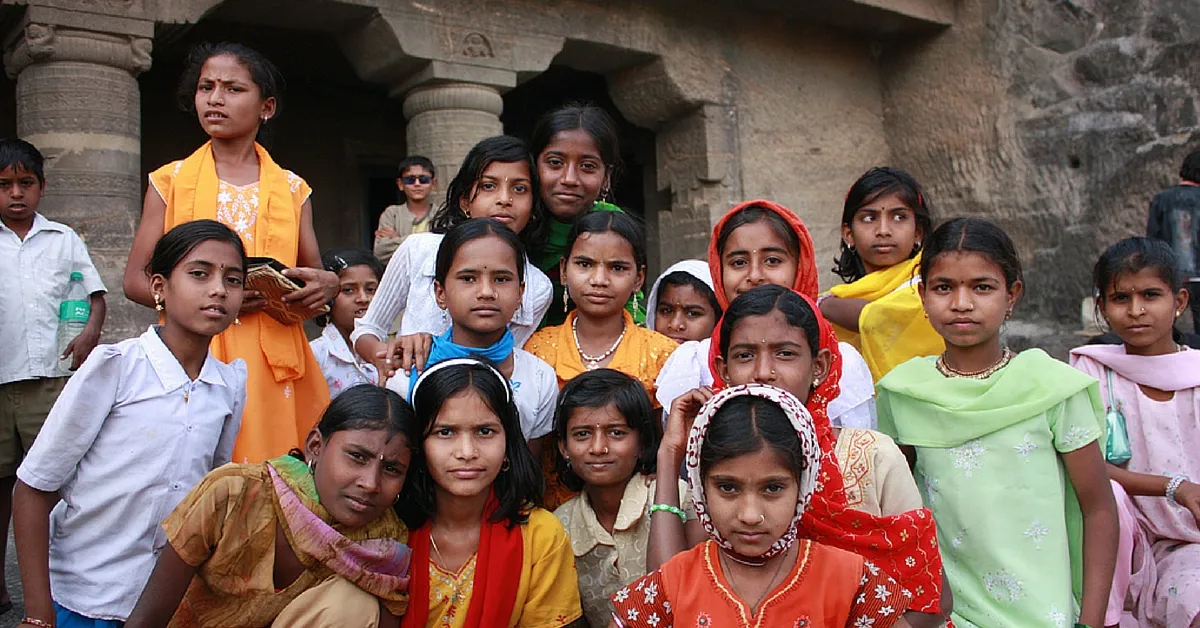In today’s globalized world, cultural and ethnic diversity is a defining feature of societies. Leveraging this diversity can help address social problems and abnormal behaviors among adolescents. By focusing on effective communication strategies, we can engage our target audience, understand their needs, and create a supportive environment that encourages cooperation and advocacy for better policies.
Understanding Cultural and Ethnic Diversity is highly important these days.
Cultural and ethnic diversity refers to the coexistence of different cultural and ethnic groups within a society. This diversity shapes our perceptions of normalcy and abnormality, influencing how individuals express themselves and cope with challenges. Adolescents, in particular, are at a critical stage of development where they form their identities and navigate social norms.
Based on the importance of cultural issues, we can implement some projects and programs with Communication Strategies. For instance, Bottom-Up Communication, engaging adolescents in community meetings and feedback sessions, allows us to understand their needs and perspectives, and creating platforms for adolescents to voice their concerns fosters a sense of ownership and involvement. Another one is about Culturally Tailored Interventions to address abnormal behaviors like smoking and drug use. We must develop programs sensitive to adolescents’ cultural backgrounds, and using culturally relevant examples and language enhances intervention effectiveness. The third one is Building Trust for respecting cultural and ethnic differences and involving community leaders and influencers to bridge the gap between programs and adolescents.
Furthermore, Encouraging Cooperation and Advocacy is another important point. Once we understand adolescents’ needs and priorities, we can encourage cooperation and advocacy through some strategies, such as empowerment by providing tools and resources for active participation, and also encouraging leadership roles and decision-making. Creating a Demanding Environment by mobilizing community support to advocate for important laws and policies related to mental health services and resources. In the end, Advocacy Campaigns to Organize campaigns involving adolescents and community members, using social media and other platforms to raise awareness and garner support.
In conclusion, leveraging cultural diversity and effective communication allows us to address social problems and abnormal behaviors among adolescents. Through bottom-up communication, culturally tailored interventions, and community involvement, we can build a more inclusive and effective mental health care system for adolescents.
About the Author: Dr. Azadeh Nazari
Azadeh Nazari, PhD in Culture and Communication, is a communication and media consultant with over 14 years of experience in public health. She is editor in chief of Red Cart monthly (1st magazine which is published on tobacco control). She has collaborated with Iran’s Ministries of Health and Education, WHO, and NGOs on projects promoting strategic communication, advocacy, and behavioral change among adolescents. Her research focuses on intercultural communication and youth risk behaviors, and she led the Tobacco-Free Schools Project, contributing to WHO guidelines through participatory student engagement models.

